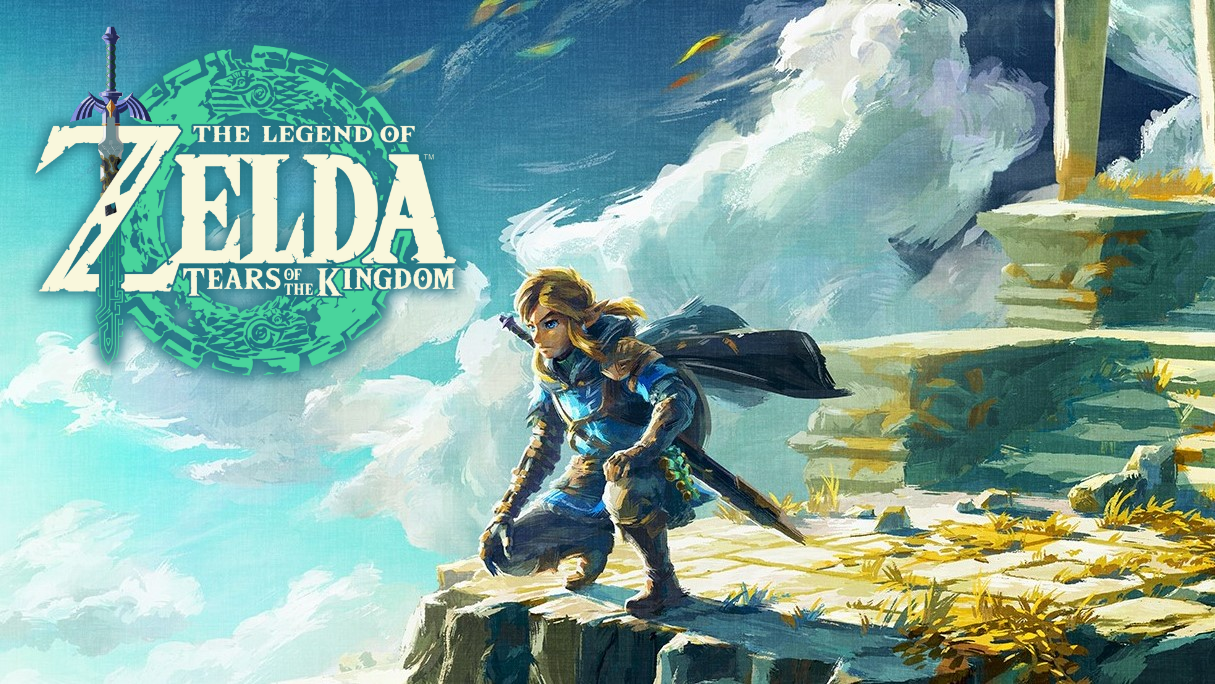Note: This review will be covering the specific changes and additions made to the Nintendo Switch 2 edition of the game. If you want to know more about the gameplay and our overall impressions of the game, check out our original review of the game here!
If ever there was a game that had a seemingly impossible legacy to live up to, it would be The Legend of Zelda: Breath of the Wild. How do you follow up one of the most critically-acclaimed video games of all time? After a six year wait, expectations for its sequel were at an all-time high, and Tears of the Kingdom rose to the challenge to deliver an experience that was widely considered to be at least on-par with its legendary predecessor. Since its original release on Switch was only two years ago, it may feel to some like it is much too soon for a re-release, and that it likely won’t benefit from a Switch 2 Edition to the same extent that Breath of the Wild has. However, after playing the game on Nintendo’s new hardware, it becomes immediately clear at just how much Tears of the Kingdom needed the upgrade.
Despite the improvements made to the game with the Nintendo Switch 2 Edition, The Legend of Zelda: Tears of the Kingdom remains at its core the same gameplay experience that it was on Switch, so if you didn’t enjoy it the first time around, it’s unlikely that this will change your mind. However, a lot of the criticism levelled at the game stems from its performance on the original hardware, so if that was your main complaint, it may finally be worth giving it a second chance on Switch 2. For those who are returning to the game but don’t want to lose their progress, your save data can easily be transferred, and a slot for a second save file has also been thoughtfully included here if you wish to start your adventure again from the beginning.
If Breath of the Wild pushed the Switch to its limits, Tears of the Kingdom pushed well beyond them, and that often wasn’t to its credit. Despite its visual splendour, creative gameplay, and captivating story, the game suffered quite severely at times from performance issues. Regardless of Nintendo’s best efforts to patch them out, it often struggled to even maintain the targeted 30FPS, and had extremely long and frequent loading times. This did nothing to detract from the quality of the game’s other elements, but was an often uncomfortable reminder that it was running on hardware that simply couldn’t capture the full scope of its creative vision without compromise, and it actively hindered enjoyment for many. Because of this, Tears of the Kingdom arguably benefits far more from the increased power of the Switch 2 hardware than its predecessor does, as it finally allows for the game to be experienced the way it was always intended to be.
If you played Tears of the Kingdom on the Switch when it first released, then you’ll likely notice the improvements made to the overall performance immediately with the Switch 2 Edition, as it targets (and from what I’ve played, maintains) a solid 60FPS throughout; double the targeted framerate of the Switch. This makes travelling the lands of Hyrule an effortless delight whether by land or sky, manipulating objects with Ultrahand a dreamily smooth process without a single stutter or pause, and combat fast and furious, save for that moment of slowdown as Link draws a bead on an enemy in mid-air with an arrow nocked, or when executing a Flurry Rush. When fast travelling, loading times are reduced to mere seconds, with a barely noticeable increase when moving between different layers as the game loads the map at lightning fast speeds. Using Ascend, an action that could see you waiting half a minute at the worst of times on Switch, is now similarly brief.
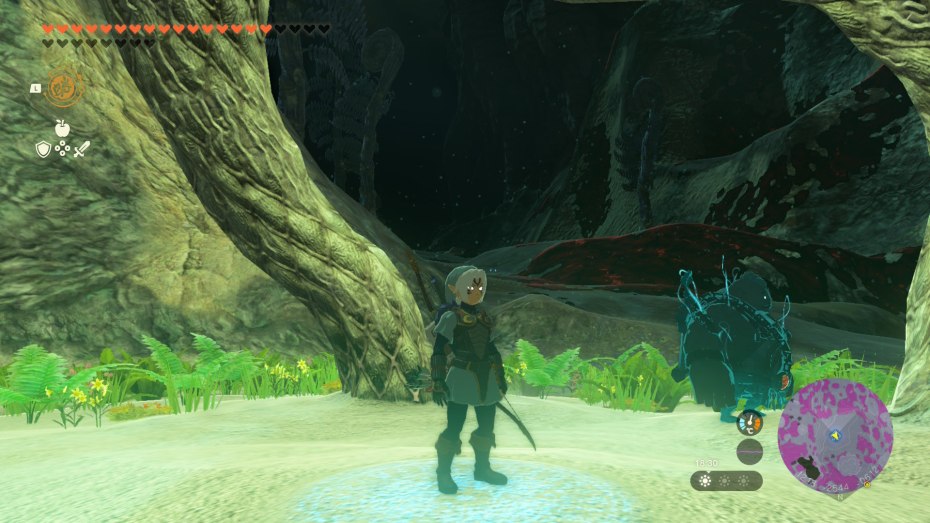
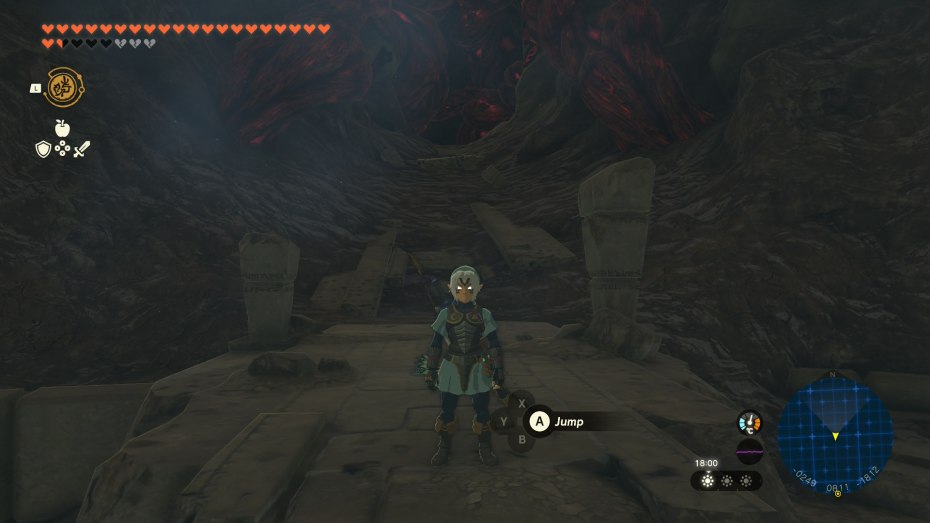
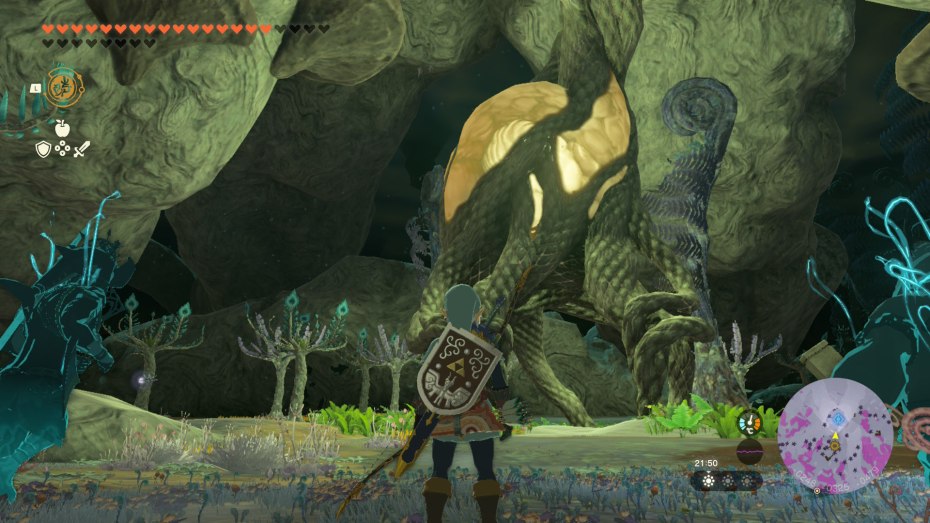
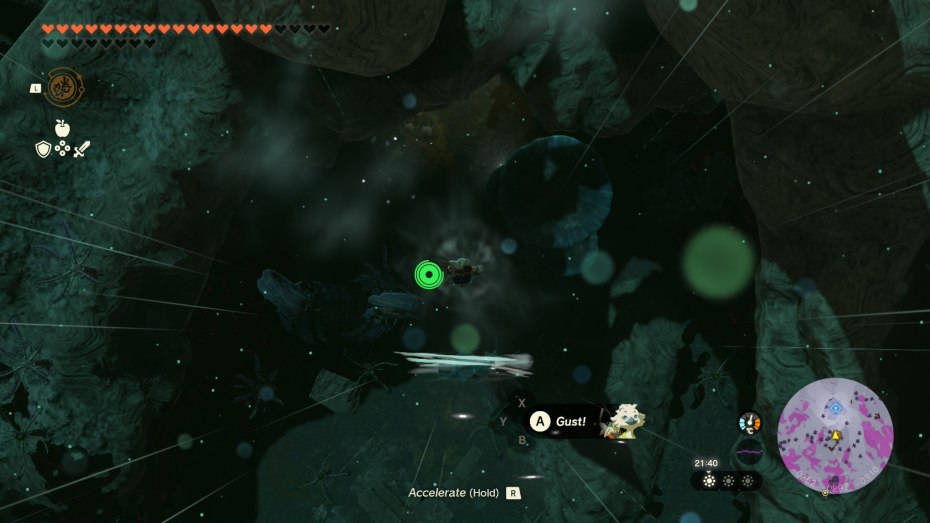

Built upon Breath of the Wild’s striking aesthetic, Tears of the Kingdom already had a stunning visual style, and the increased level of detail reaches its peak on Switch 2. The best possible results can be achieved by playing on a 4K TV, but even playing the game in 1080p in handheld mode is a markedly improved experience thanks to the updated resolution and HDR support. Although this can make things appear almost unnaturally bright at times, particularly in the sky when the weather is clear, it makes navigating the Depths a much easier and more straightforward process. Draw distance is still quite limited here, with blighted grass popping up a few feet in front of Link at times, although considering the darkness of your surroundings this does more to enhance the atmosphere rather than break the immersion.
Tears of the Kingdom can also take advantage of the Zelda Notes app with the same features as Breath of the Wild’s Switch 2 Edition. A new set of Voice Memories are scattered across the land for players to find, all fully voiced once again by Patricia Summerset, giving Princess Zelda an even greater presence in the world and player’s minds. The small daily spin (which gives you a randomized one-time bonus such as health replenishment) and amiibo bonuses are nice to have, and the ability to share items is particularly helpful if you wish to save time on a new save file. Considering the size and scope of its multi-layered maps, the Navigation feature stands out as particularly useful in Tears of the Kingdom, and completionists will find it to be an invaluable resource when tracking down those last few Korok seeds or Shrines. Unfortunately, the Medals (which are essentially achievements) you can unlock in the app for Tears of the Kingdom are similarly lacking in creativity as they were with Breath of the Wild, which is disappointing considering the scope of the world and the near limitless possibilities offered by Ultrahand.
A function in Zelda Notes that is unique to Tears of the Kingdom is Autobuild Sharing, which allows you to turn your designs into QR codes to share, and acquire shared builds from others via the same method. This is a neat feature, but it feels like a missed opportunity to not include an in-app search function to create a focused, global community. Instead, you’ll have to rely on social networks to find codes shared by players from across the world. The absence of an easier way to find these feels a little incongruous to the more social-focused approach taken with the app, which shares interesting Global Play Data in its own dedicated section. These statistics include the number of enemies killed, number of deaths suffered in that area and their most common cause, and preferences in which Zonai abilities the player has used. As well as being collected on an individual basis and compared to other players across the globe, this can be further broken down into individual map quadrants, and is quite comprehensive in scope.
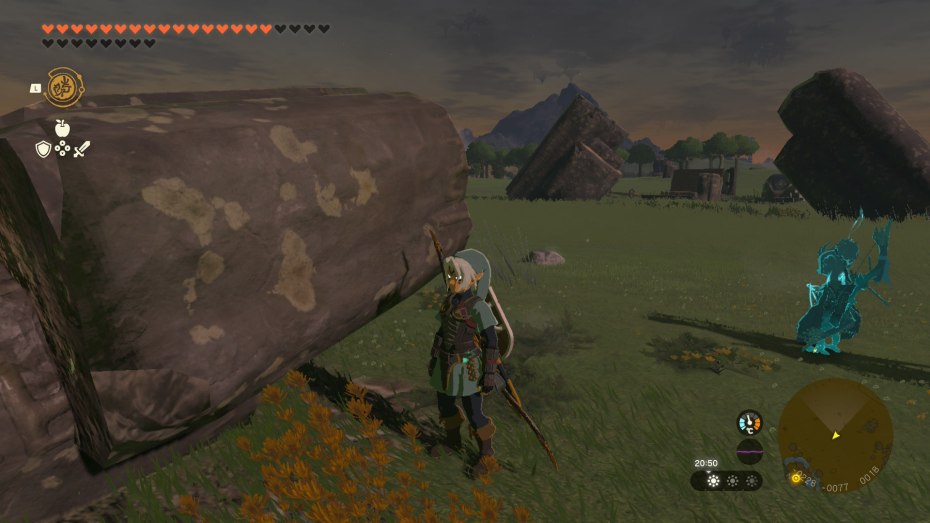
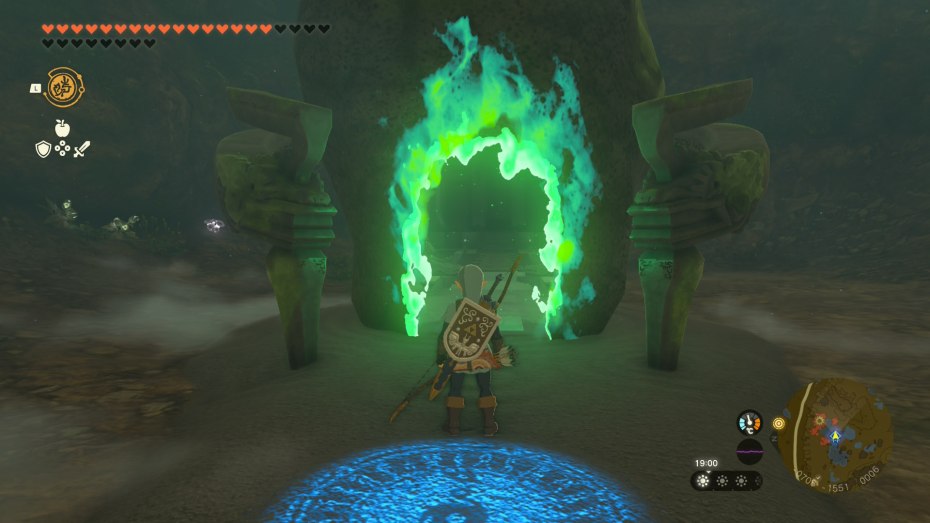
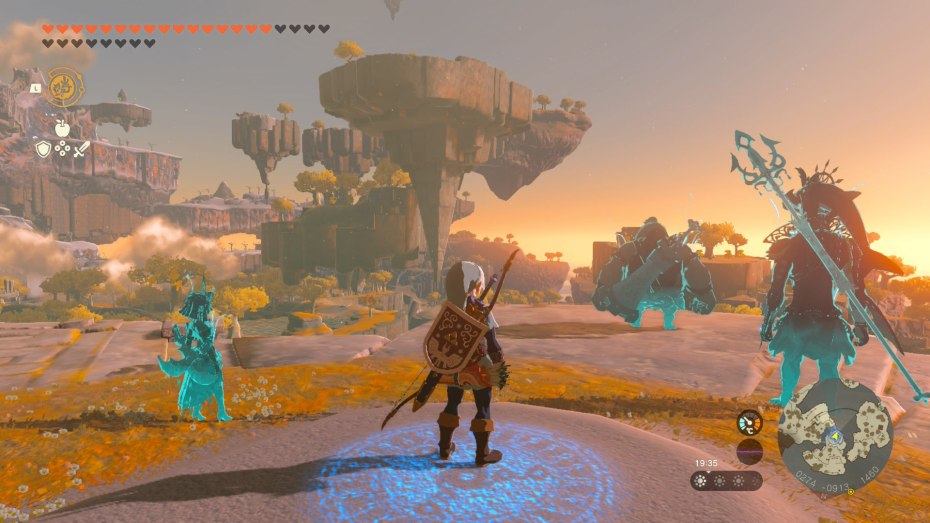
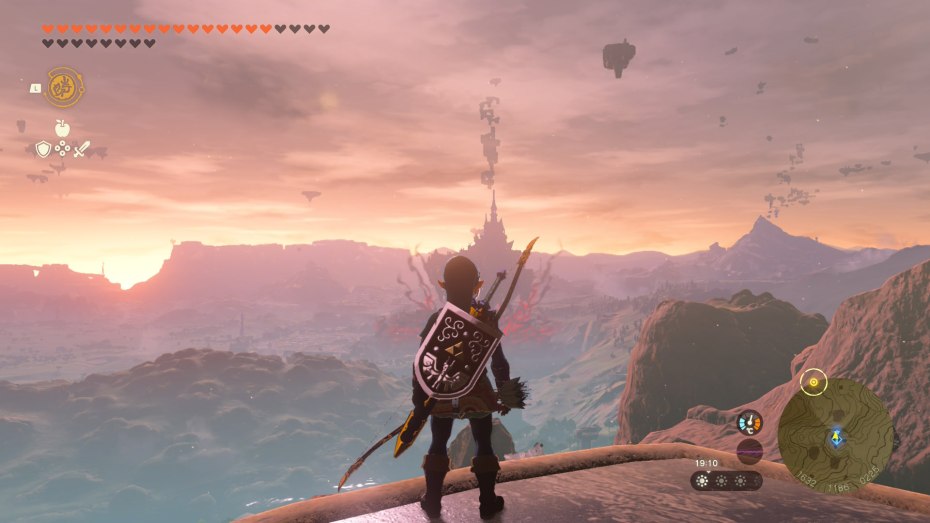
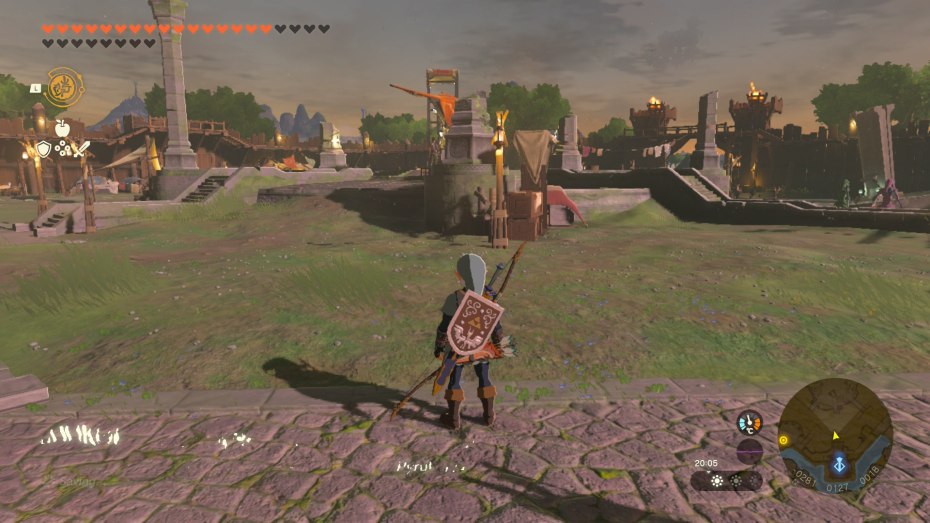
As with Breath of the Wild, there are a few options available for purchasing the Switch 2 Edition of Tears of the Kingdom: physically on cartridge, digitally via the eShop, and if you already own a copy of the Switch version, an upgrade pack can be either purchased separately, or downloaded for free for as long as you have a Nintendo Switch Online + Expansion Pack subscription. The file size is notably smaller than Breath of the Wild’s, but the improvements it makes to the game are certainly no less significant.
The Legend of Zelda: Tears of the Kingdom not only feels right at home on Switch 2, it now feels like the game it was always meant to be. Already a fantastic game in its own right when it released in 2023, it has finally been freed from the shackles of outdated hardware to show what it is truly capable of, and even if you disliked it the first time around – especially if you did, in fact – it is more than worth checking out a second time on Nintendo’s new hardware.
10/10
